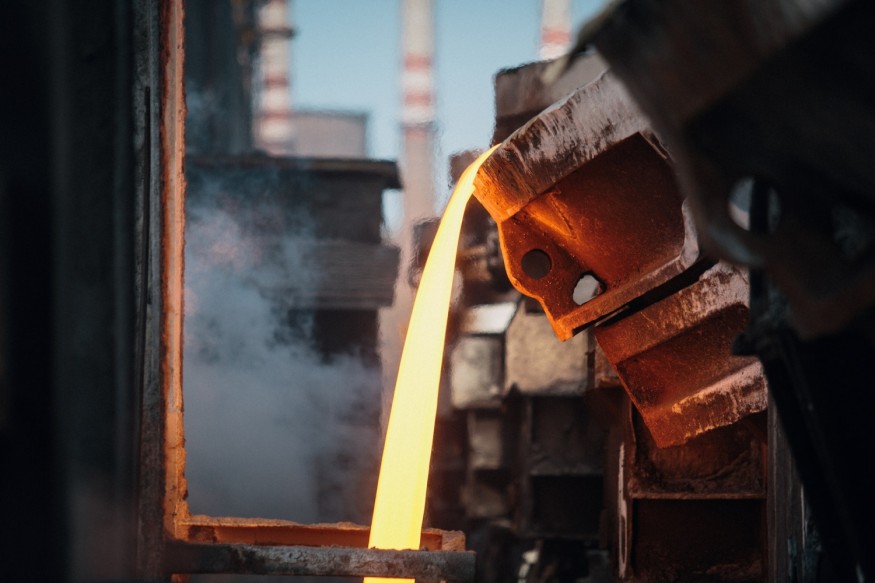
Metal is a material which we rely on across modern civilization, and which has shaped human history for thousands of years.
There are many differences between the various categories of metals, with one of the main ones being the distinctions that separate ferrous examples from their non-ferrous counterparts. So let's look at what these are and why you should know about them.
The Basics Separating Ferrous and Non-Ferrous Metals
If you want to distinguish between ferrous and non-ferrous metals, there are a few things to get to grips with.
The simplest aspect is that ferrous metals contain iron, while non-ferrous metals do not. This makes a big impact on their properties, which can be important when selecting materials for your projects or applications.
Ferritic steels are an example of ferrous metal that contain up to 2% carbon, along with iron as the main component. These are commonly used in industrial engineering, construction, automotive manufacturing, and other heavy industries due to their strength and durability at high temperatures compared with aluminum alloys, which are non-ferrous.
Meanwhile non-ferric metals such as copper have good electrical conductivity, making them ideal for electronics production. They also have corrosion resistance, meaning they last longer than most ferric steels when exposed outside environments like salty water or moist air, which corrode ferrous metals over time.
It's also worth noting that magnets only interact with ferrous metals. This is due to the presence of iron in the alloy, which reacts with magnetic fields, whereas non-ferric materials such as aluminum or copper are not attracted by a magnet.
What Makes a Metal Magnetic? The Role of Iron in Magnetism Explained
You've probably noticed that magnets attract some metals, but not others. As mentioned, it all comes down to the presence or absence of iron in the metal.
Ferrous metals contain iron, which is what makes them magnetic. Non-ferrous materials like copper are non-magnetic because they don't contain any iron atoms at all.
It's important to note that ferric steels can be made magnetically soft by adding small amounts of nickel, chromium or cobalt, which increases their resistance against demagnetization. This means they maintain their magnetic properties, even when exposed to strong fields from other magnets or electrical currents. This property makes them ideal for use in electric motors, where permanent magnetism is required for operation purposes. It also explains why steel objects tend to stick together more than aluminum ones!
Putting It All Together - When Should You Use Ferrous vs Non-Ferrous Metals?
Now that you understand the properties of ferrous and non-ferrous metals, when should you use each type?
In general, if your project requires strength or corrosion resistance, then choosing ferric steel is usually the best option due to its durable nature. However, for applications requiring electrical conductivity or lighter weight materials, such as automotive parts or electronics enclosures, then using aluminum alloys might be more suitable.
Magnetism can also play an important role in deciding which metal to select, as you've no doubt worked out by now. For example, permanent magnets are used in many industries from motors and generators to speaker systems, so selecting magnetic steels may be necessary depending on your application requirements.
Finally it's worth considering the cost when making your decision. While certain non-ferric metals are expensive compared with their ferrous counterparts, they often require less maintenance and last longer due to their corrosion resistance, meaning they can be a more cost-effective option in the long run.
The Bottom Line
Understanding the differences between ferrous and non-ferous metals is key when it comes to selecting materials for your projects or applications. Consider all of its characteristics before deciding which one is right for you!
© 2025 ScienceTimes.com All rights reserved. Do not reproduce without permission. The window to the world of Science Times.












